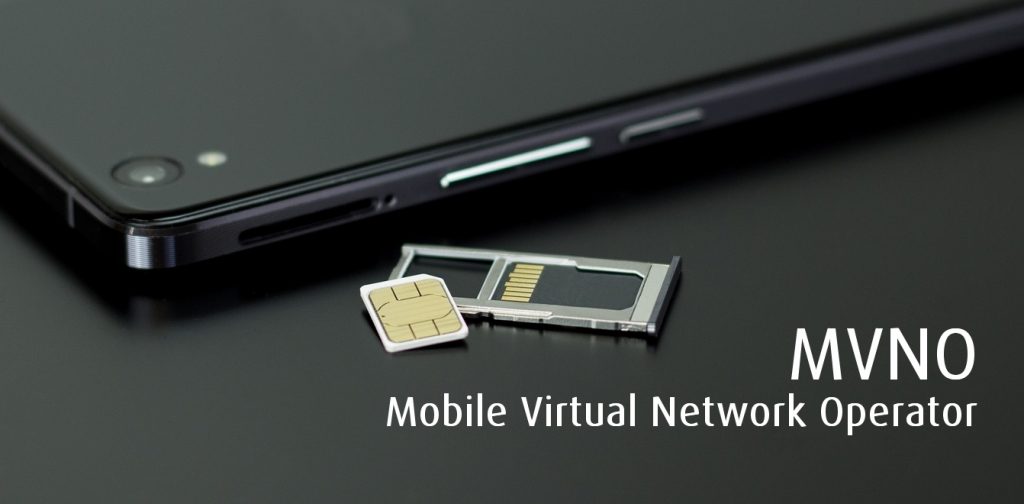Upgrading Your Business to VoIP Services
Introduction
As technology continues to advance, traditional phone systems are being replaced by more flexible and cost-effective solutions. Voices over Internet Protocol (VoIP) services have emerged as a popular choice for businesses looking to upgrade their communication infrastructure. This article aims to provide a comprehensive guide to help businesses understand the requirements and benefits of transitioning to VoIP services. By exploring the key considerations, implementation steps, and potential challenges, this article will equip businesses with the knowledge they need to make an informed decision about upgrading to VoIP.
Businesses are increasingly adopting Voice over Internet Protocol (VoIP) services to revolutionize their communication infrastructure. The transition to VoIP offers numerous benefits, such as cost savings, scalability, advanced features, and flexibility. However, upgrading to VoIP requires careful planning and consideration to ensure a smooth and successful implementation. In this comprehensive guide, we will explore the essential requirements businesses need to address when upgrading to VoIP services. By understanding the key considerations, potential challenges, and best practices, businesses can make informed decisions and maximize the benefits of VoIP.
I. Understanding VoIP and Its Benefits
What’s VoIP and its Key Benefits
1. Cost Savings
2. Scalability and Flexibility
3. Advanced Features and Integration
4. Mobility and Remote Work
5. Improved Collaboration and Productivity
II. Assessing Your Business’s Readiness for VoIP
A. Network Readiness
1. Bandwidth and Internet Connection
2. Quality of Service (QoS)
3. Network Security
B. Infrastructure Evaluation
1. Existing Phone System Assessment
2. Hardware and Equipment Compatibility
3. Power and Backup Solutions
C. Business Requirements and Objectives
4. Identifying Communication Needs
5. Future Growth and Scalability
III. Selecting the Right VoIP Provider
A. Research and Evaluation
1. Understanding Service Providers
2. Key Factors to Consider a. Pricing Models and Plans b. Features and Functionality c. Reliability and Call Quality d. Integration Options e. Customer Support and Service Level Agreements (SLAs)
3. Reading Reviews and Seeking Recommendations

IV. Planning and Implementing the VoIP Transition
A. Creating a Transition Strategy
1. Defining Objectives and Scope
2. Developing a Timeline
3. Identifying Key Stakeholders
B. Ensuring Network Readiness
1. Upgrading Internet Connection and Network Infrastructure
2. Implementing Quality of Service (QoS)
3. Securing the Network and VoIP System
C. Managing Phone Number Porting and Call Routing
1. Transferring Existing Phone Numbers
2. Configuring Call Routing and IVR Systems
D. Training and Onboarding
1. User Training and Familiarization
2. Admin and IT Staff Training
E. Testing and Quality Assurance
1. System Testing and User Acceptance Testing
2. Monitoring Call Quality and Performance
F. Deployment and Migration
1. Phased or Full Deployment Approach
2. Seamless Transition and Cut-Over Plan
V. Overcoming Challenges and Ensuring Success
A. Change Management and User Adoption
1. Communicating the Transition and Benefits
2. Addressing User Concerns and Resistance B. Ensuring Call Quality and Reliability
3. Monitoring and Troubleshooting Tools
4. Redundancy and Backup Solutions C. Security and Data Privacy Considerations
5. Encryption and Secure Communication
6. Compliance with Regulations (e.g., GDPR, HIPAA) D. Ongoing Maintenance and Support
7. Proactive Monitoring and Issue Resolution
8. Regular Updates and System Maintenance
Conclusion
Transitioning to VoIP services can provide businesses with a range of benefits, including cost savings, enhanced scalability, and advanced features. However, it requires careful planning, evaluation, and implementation to ensure a successful transition. This article has provided a comprehensive guide to help businesses understand the requirements and steps involved in upgrading to VoIP services. By considering network readiness, selecting the right VoIP provider, planning the transition, and addressing potential challenges, businesses can make a seamless shift to a modern and efficient communication infrastructure. With the right approach, VoIP can empower businesses to improve collaboration, productivity, and customer satisfaction while reducing costs and gaining a competitive edge in today’s dynamic business landscape.
VoIP Relevant Articles:
- Cost Savings (Click to find out)
- Scalability and Flexibility (Click to find out)
- Advanced Features and Integration (Click to find out)
- Mobility and Remote Work (Click to find out)
- Improved Collaboration and Productivity (Click to find out)
- What’s VoIP and its Key Benefits (Click to find out)
- Bandwidth and Internet Connection (Click to find out)
- Quality of Service (QoS) (Click to find out)
- Network Security (Click to find out)
- Infrastructure Evaluation (Click to find out)
- Existing Phone System Assessment (Click to find out)
- Hardware and Equipment Compatibility (Click to find out)
- Power and Backup Solutions (Click to find out)
- Upgrading Your Business to VoIP Services (Click to find out)
- VoIP Systems (Click to find out)
By Abdul W Moghul
 MVNO MVNE MNO Mobile & Telecoms industry intelligence Telecoms Jobs, News and Business
MVNO MVNE MNO Mobile & Telecoms industry intelligence Telecoms Jobs, News and Business








